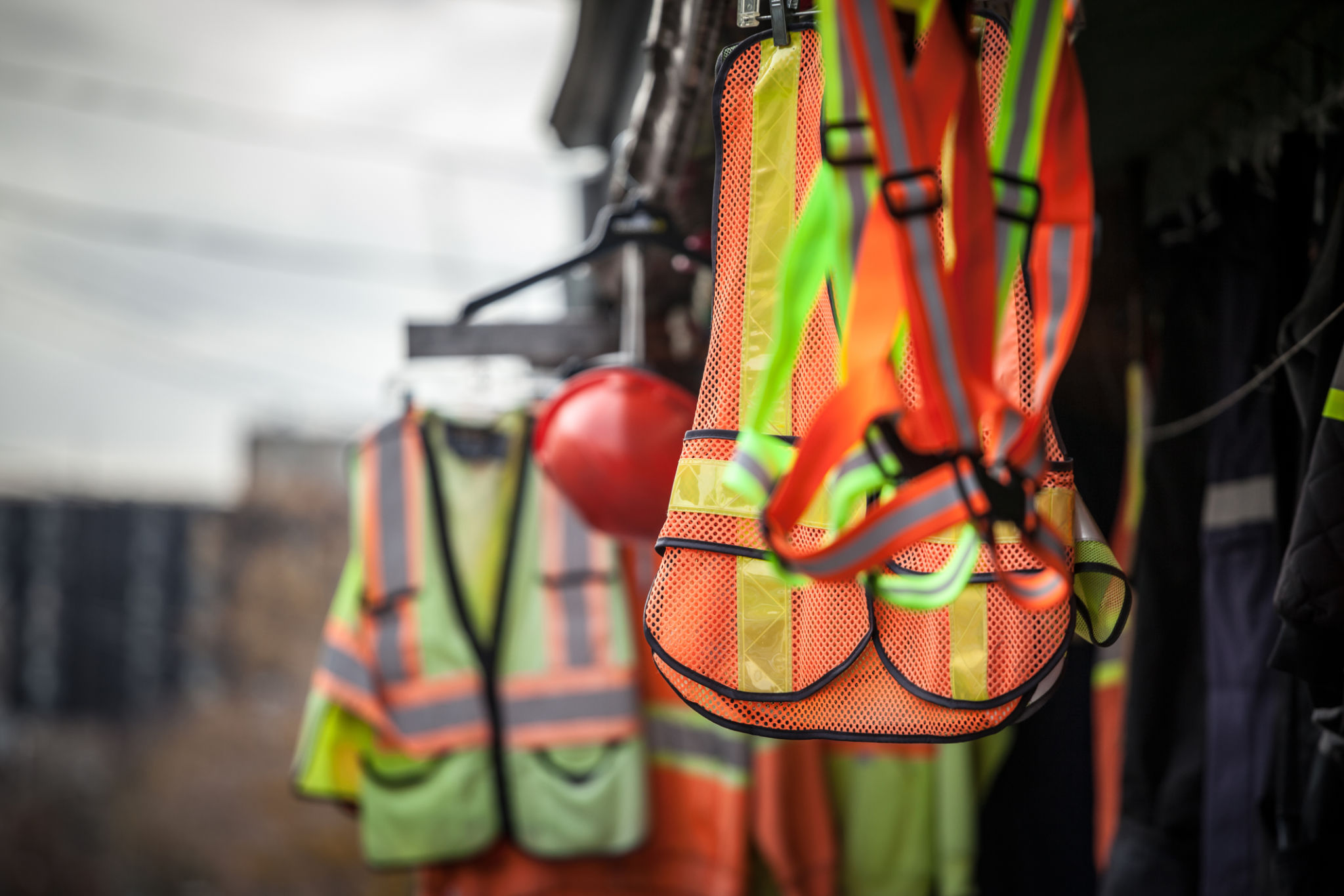Innovative Uses of Drone Technology in Construction Projects
The Rise of Drones in Construction
In recent years, drone technology has revolutionized various industries, and construction is no exception. The use of drones in construction projects has introduced numerous benefits, making processes more efficient, safe, and cost-effective. This innovative approach is transforming how construction projects are executed, from planning to completion.

Surveying and Mapping
One of the most significant applications of drones in construction is in surveying and mapping. Traditionally, land surveying was a time-consuming and labor-intensive process. Now, drones equipped with advanced cameras and sensors can quickly gather accurate data over large areas. This data can be used to create detailed maps and 3D models of the terrain, assisting engineers in making informed decisions during the planning phase.
Moreover, drones can capture high-resolution images that are crucial for monitoring progress and identifying potential issues early in the construction process. This capability ensures that projects remain on schedule and within budget, ultimately enhancing productivity.
Improving Safety on Site
Safety is a paramount concern in construction, and drones play a critical role in enhancing it. By conducting aerial inspections, drones can access areas that are difficult or dangerous for human workers to reach. This reduces the risk of accidents and injuries on the construction site.
Furthermore, drones can monitor construction sites in real-time, providing safety officers with a comprehensive view of site activities. This continuous oversight helps in identifying and addressing safety hazards promptly, thereby maintaining a secure working environment.

Efficient Project Management
Drones are invaluable tools for project managers, offering a bird's-eye view of the construction site. This perspective allows managers to oversee multiple aspects of the project simultaneously, from material inventory to workforce deployment. By capturing regular aerial footage, project managers can effectively track progress against timelines and budgets.
Drones also facilitate improved communication among stakeholders. By sharing up-to-date aerial images and videos, all parties involved can stay informed about the project's status and make data-driven decisions. This transparency fosters collaboration and reduces the likelihood of misunderstandings or delays.

Inspection and Maintenance
Once a construction project is completed, drones continue to provide value through inspection and maintenance tasks. They can quickly assess the condition of structures like bridges, towers, and rooftops without disrupting operations or requiring scaffolding. This not only saves time but also reduces costs associated with traditional inspection methods.
Drones equipped with thermal imaging sensors can detect structural issues that might not be visible to the naked eye. Identifying these problems early on allows for timely repairs and maintenance, extending the lifespan of the structures and ensuring their safety and reliability.
The Future of Drones in Construction
As drone technology continues to evolve, its applications in construction are expected to expand even further. The integration of artificial intelligence and machine learning with drone technology promises more sophisticated data analysis and automation capabilities.
In the near future, we may see drones autonomously performing more complex tasks such as material delivery or even assisting in building assembly. As these innovations unfold, they will undoubtedly continue to revolutionize the construction industry, making it more efficient, safe, and sustainable.